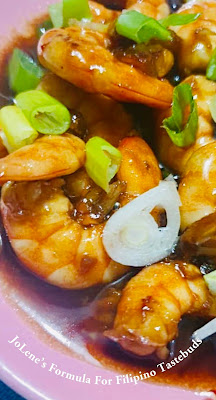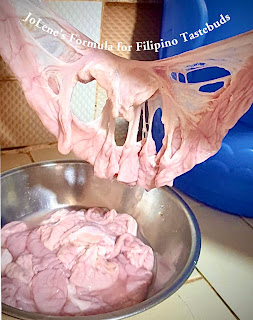INGREDIENTS:
500 grams mussels (tahong)
6 cloves garlic, minced
2 tbsp butter
1/2 cup to 1 cup Quick-melt cheese, grated
parsley, chopped (optional)
INSTRUCTIONS:
1. Clean the mussels by brushing the shells.
2. Put the mussels inside the fridge or the freezer until they open up or you may put these in a pan with or without water and apply heat until they open up.
3. Once they open up, remove the other shell.
4. In a pan, heat butter. Saute the garlic in the butter until golden brown.
5. Brush the meat with the butter and garlic and place grated quick-melt cheese on top of each mussel.
6. Place the mussels in a lined baking sheet. Bake for 15 minutes.
7. Sprinkle chopped parsley.
8. Transfer to a serving dish.
9. Serve hot with love and enjoy!
⚠️SUGGESTIONS:
If using an oven, you may set it at 180°C. I tried using an oven toaster and the result was nice as well. The most recent that I have used is the Turbo Broiler, I just set it at Bake and that was it.
❤️Tip: Be sure that you retain the moisture of the mussels by not overcooking it.
























